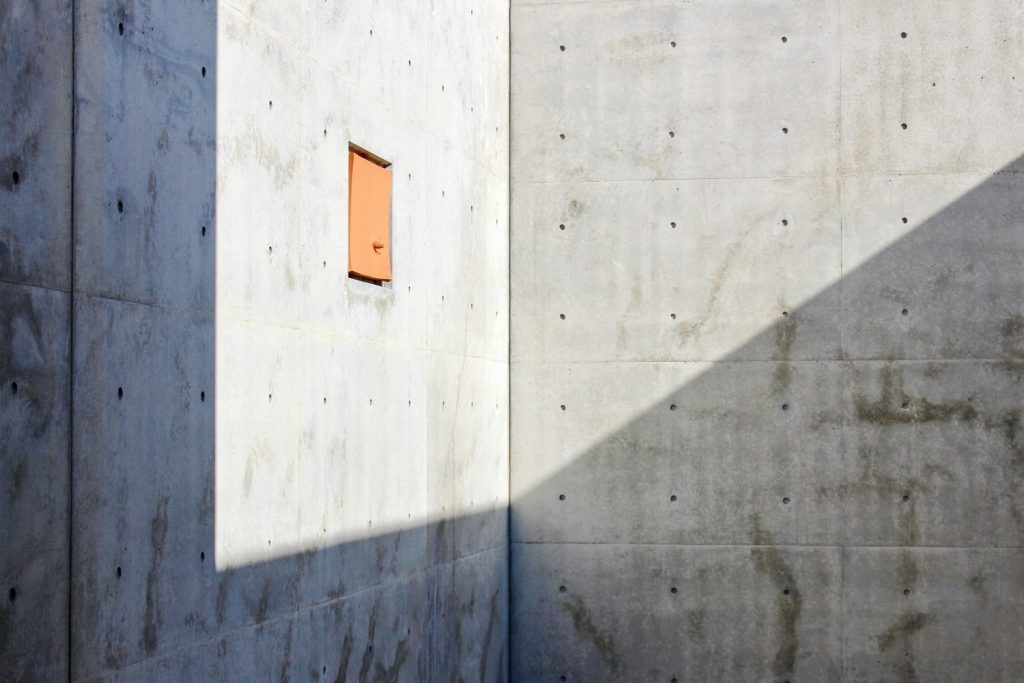The Seto Inland Sea’s coastal areas, once industrial hubs, are now thriving art tourism destinations following successful revitalization efforts. Today, the Seto Inland Sea boasts nostalgic fishing village charm, natural beauty with island beaches, and museums designed by Tadao Ando. This not only showcases Japan’s unique cultural and creative prowess but also generates billions of yen in economic benefits for the country.
Osaka, Japan (Merxwire) – The Seto Inland Sea (Setonaikai) region was once an industrial area of Japan, encompassing Chugoku and Shikoku. With the passage of time, this area is undergoing a remarkable transformation. From its days as a declining industrial hub to its current status as an art tourism destination, the rebirth of the Seto Inland Sea has captivated the world. In this maritime region, natural landscapes blend with cultural attractions, while the works of art masters such as Tadao Ando and Yayoi Kusama add unique charm. The Setouchi Triennale attracts visitors from all over the world, bringing art into communities and becoming a must-visit event for art enthusiasts worldwide.
The Breathtaking Setouchi Triennale
The breathtaking Setouchi Triennale takes place against the backdrop of the islands of the Seto Inland Sea, showcasing various forms of artistic creations and hosting activities featuring artists, theater groups, and musical ensembles. Through the organization of the Setouchi Triennale, Japan intertwines its natural landscapes, historical heritage, and artistic endeavors, injecting new hope into islands that were previously losing population and vitality. It aims to showcase the charm of the Seto Inland Sea to the world, aspiring to become a “Sea of Hope” for people worldwide. The event is held once every three years, with its inaugural edition in 2010 and the upcoming 6th edition scheduled for 2025.
Each edition of the art festival features different themes and concepts, where artists explore the relationships between humans and nature, tradition and modernity, space and perception through various media and forms. These artistic works not only demonstrate the creativity and imagination of the artists but also inspire audiences to contemplate on environmental, social, and cultural issues. According to statistics, before the pandemic, the art festival attracted millions of tourists from around the world, and even after the pandemic, over 700,000 visitors attended the 5th edition, bringing in billions of yen in economic benefits.

The History and Scenery of the Seto Inland Sea
The Seto Inland Sea is a sea located between the three major islands of Honshu, Shikoku, and Kyushu in Japan, boasting rich natural landscapes and historical culture. In the past, the coastal areas of the Seto Inland Sea were important industrial bases in Japan, with numerous factories in industries such as metalworking, electronics, and food production flourishing, bringing prosperity to the region. However, with the increase in environmental awareness and adjustments in industrial structures, industrial activities in the Seto Inland Sea gradually declined, leaving behind many abandoned buildings and vacant lots.
In order to preserve and showcase the memories of the industrial era in the Seto Inland Sea, local governments and communities began to construct cultural facilities. For example, the Setonaikai National Park in Okayama Prefecture is not only Japan’s largest national park but also houses multiple exhibition halls that introduce the region’s industrial history, fishing culture, and natural ecology. Visitors can ride bicycles here, traversing the various bridges of the Seto Inland Sea, exploring the installation art on Naoshima and Teshima, and enjoying the beautiful scenery of the islands, old fishing villages, and beaches.
The Art Masterpieces of the Seto Inland Sea
Japanese architectural master Tadao Ando’s works have had a profound influence worldwide. One of his masterpieces is the Chichu Art Museum established in Naoshima in 2004. Its design seamlessly integrates architecture, exhibition spaces, and artworks, making it a major landmark with its unique architectural style and spectacular scenery. Moreover, the Chichu Art Museum also houses Claude Monet’s Water Lilies series, showcasing masterpieces by international artists and becoming a focal point of local art.
Japanese contemporary art master Yayoi Kusama created two large-scale pumpkin artworks on Naoshima. Since 1994, the yellow pumpkin has been installed at Benesse House on the southern side of Naoshima, becoming a famous local landmark. Despite being damaged and repaired after falling into the sea, it symbolizes “rebirth.” Another red pumpkin, created in 2006, is located at the other end of the port, designed to allow people to enter the interior of the pumpkin for viewing, bringing visitors closer to the works of the art master.

The Seto Inland Sea Is a Classic Example of Placemaking
With the rise of arts and cultural activities, the economic value of art tourism in the Seto Inland Sea region continues to increase. More and more tourists are drawn to explore the unique artistic atmosphere and natural landscapes of this area. From tourism to cultural industries, the economic development of this region is gradually shifting towards culture-centered industries, bringing more employment opportunities and economic benefits to local residents.
The transformation of the Seto Inland Sea showcases Japan’s innovative exploration and breakthroughs in the field of cultural creativity. By transforming industrial heritage into artistic resources, this region has not only enriched cultural life but also provided visitors with unique experiences. Through the joint efforts of local governments, artists, and residents, as well as the enthusiastic support of art lovers worldwide, the Seto Inland Sea will continue to be a treasure trove of Japanese culture and art, leading the local arts and tourism industries forward.















